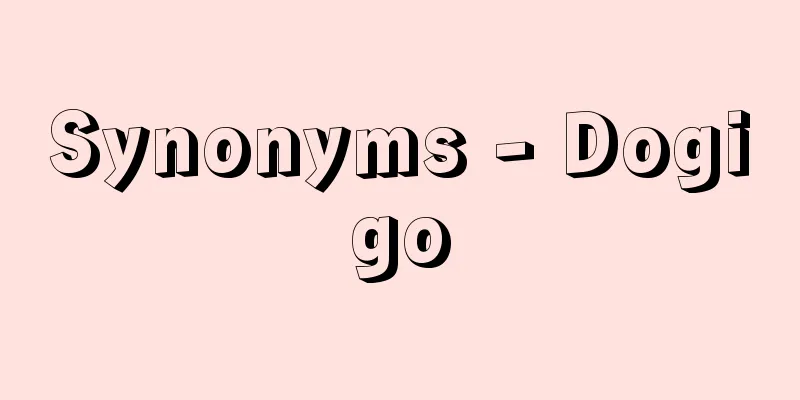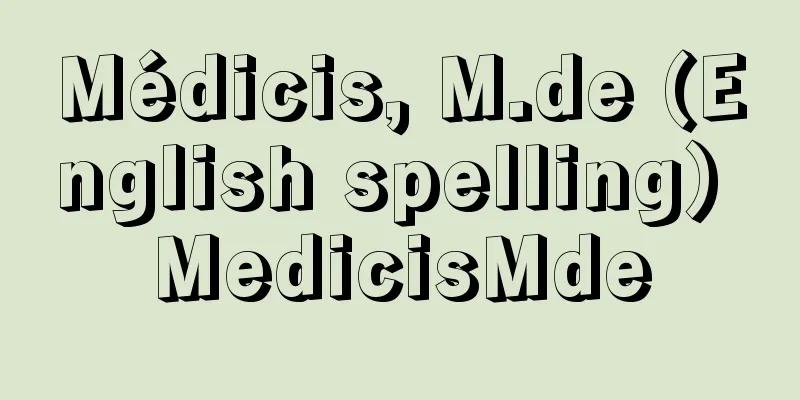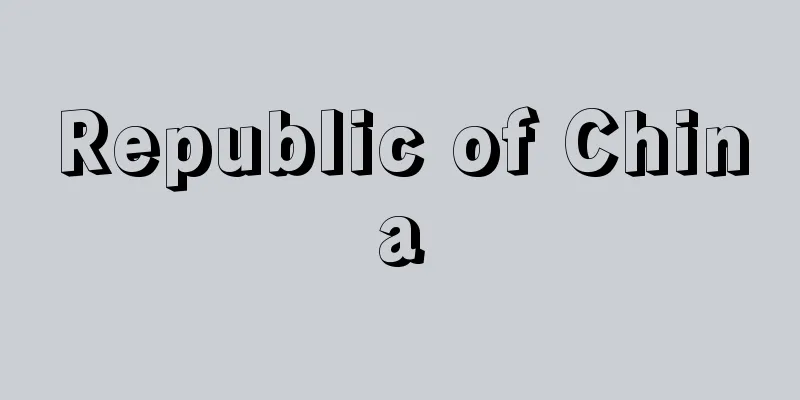Synonyms - Dogigo

|
Words that have the same or very close meanings. They are also called synonyms or similar words. Perfect synonyms are words that can be used interchangeably in any context without changing the meaning or naturalness of the sentence, but such synonyms hardly exist. This is only natural, since it is wasteful in a language to have two words with the exact same meaning. Generally, synonyms refer to words that have almost the same meaning, in other words, similar words. Usually, words that have clearly different meanings and are synonymous only in certain contexts are called "contextual synonyms." Examples are "to see" and "to examine" in the expressions "to see a doctor" and "to be examined by a doctor." There are several types of semantic differences between synonyms. (1) Semantic meaning: When the central meaning itself is different, such as in "mekuru/makuru," "tachini/tachima," and "gohan/rice." (2) Stylistic differences: When the semantic meaning is the same, but the stylistic features are different, such as the difference between everyday language and literary language, such as in "hon/book" and "ashita/tomorrow (tomorrow)," the difference between vulgar language and polite language, such as in "meshi/gohan" and "umai/oishii," and the difference between old-fashioned and modern language, such as in "kamera/camera" and "letter bag/envelope." (3) Evocative differences: When there is a difference between ordinary language and derogatory language, such as in "politician/politician," "obaasan/babaa," and "sensei/senpai." (4) Treatment differences: When there is a difference between ordinary language and honorific language, such as in "taberu/meshiageru." In addition, in a broader sense, the relationships between superordinate and subordinate words such as "vehicles/automobiles" and "flowers/chrysanthemums" are also included in the synonyms. [Tetsuya Kunihiro] "Methods of Semantics" by Tetsuya Kunihiro (1982, Taishukan Shoten) Source: Shogakukan Encyclopedia Nipponica About Encyclopedia Nipponica Information | Legend |
|
意味が同じか、非常に近い語。同意語、類義語ともいう。いかなる文脈で交換しても、文意も文の自然さも変わらないものを完全な同義語というが、そういう同義語はほとんど存在しない。まったく同じ意味の語を二つもつのは言語としてむだであるから、当然なことである。一般にいわれる同義語は、意味がほぼ同じ語、つまり類義語をさしているのが普通である。 普通には、意味がはっきり異なっていて、特定の文脈においてのみ同義になる語を「文脈的同義語」という。「医者に診てもらう」「医者に診察してもらう」の「診る」と「診察する」がその一例である。 同義語間の意味のずれ方にはいくつかの種類がある。(1)語義的意味 「めくる・まくる」「急に・たちまち」「ご飯・ライス」のように、中心的意味自体が異なる場合。(2)文体差 語義的な意味は同じでも、文体的な特徴が異なるもので、「本・書物」「あした・明日(みょうにち)」のように日常語対文章語の違い、「めし・ご飯」「うまい・おいしい」のように下品語対上品語の違い、「写真機・カメラ」「状袋・封筒」のように古めかしい語対現代語の違いなどがある。(3)喚情的な差 「政治家・政治屋」「お婆(ばあ)さん・ばばあ」「先生・先公」のように普通語対軽蔑(けいべつ)語の違いがある場合。(4)待遇的な差 「食べる・召し上がる」などの普通語対敬語の違いがある場合。 このほか広義では「乗り物・自動車」「花・菊」などの上位語・下位語の関係も類義のなかに含められる。 [国広哲弥] 『国広哲弥著『意味論の方法』(1982・大修館書店)』 出典 小学館 日本大百科全書(ニッポニカ)日本大百科全書(ニッポニカ)について 情報 | 凡例 |
Recommend
Mrs. Stowe - Harriet Beecher Stowe
1811‐96 American author. Born in Connecticut as th...
structural-functionalism
...In other words, what explains the formation an...
Kigarachameshi - Kigarachameshi
...After that, shops selling Nara tea were establ...
Far West
… [Masai Yasuo] [Midwest] The area stretching fro...
1 round 2 rounds - 1 round
… Quote (Kehai) Also read as kihai. It is not the...
Cooper, KH
...Both are technical terms in exercise physiolog...
executive power
...The second point of terminology is that the ac...
Kasen - Kasen
Following the example of Li Bai being called a &q...
delusion of jealousy
...This is called the Cain complex, and comes fro...
English Law School
…A private university with its headquarters in Ha...
Equus ferus ferus (English spelling) Equusferusferus
...a medium-sized horse with a grey body and a bl...
Kazarikabokko - Decorative pumpkin
…(2) Western pumpkin C. maxima Duch. (English nam...
Staple food - shushoku
〘 noun 〙 The food that is the center of daily meal...
Sacrifice - Nie
It can refer to offerings to gods, or food sent f...
Mad Village - Kichigai Buraku
...He was seen as a promising young man who would...









